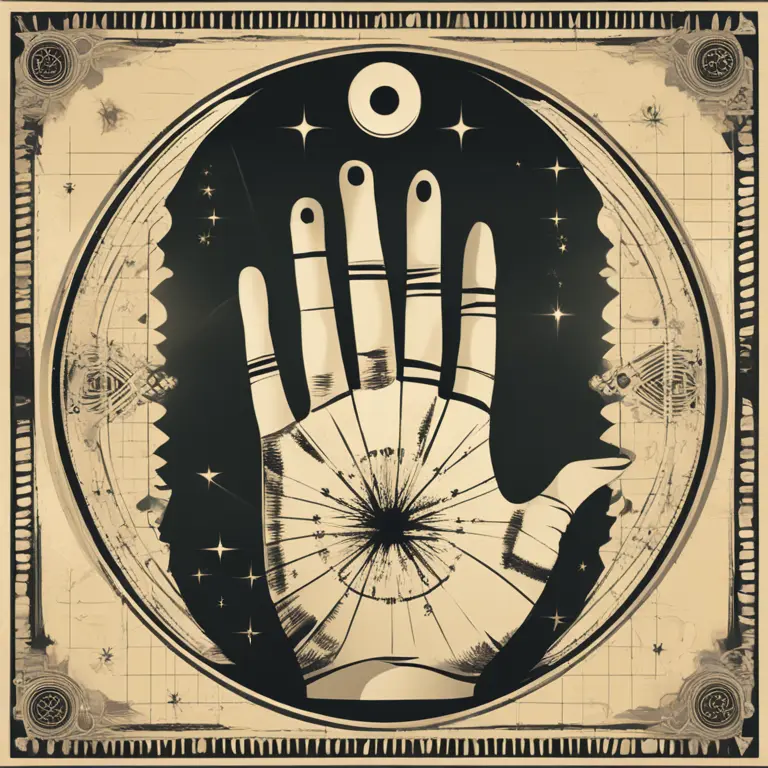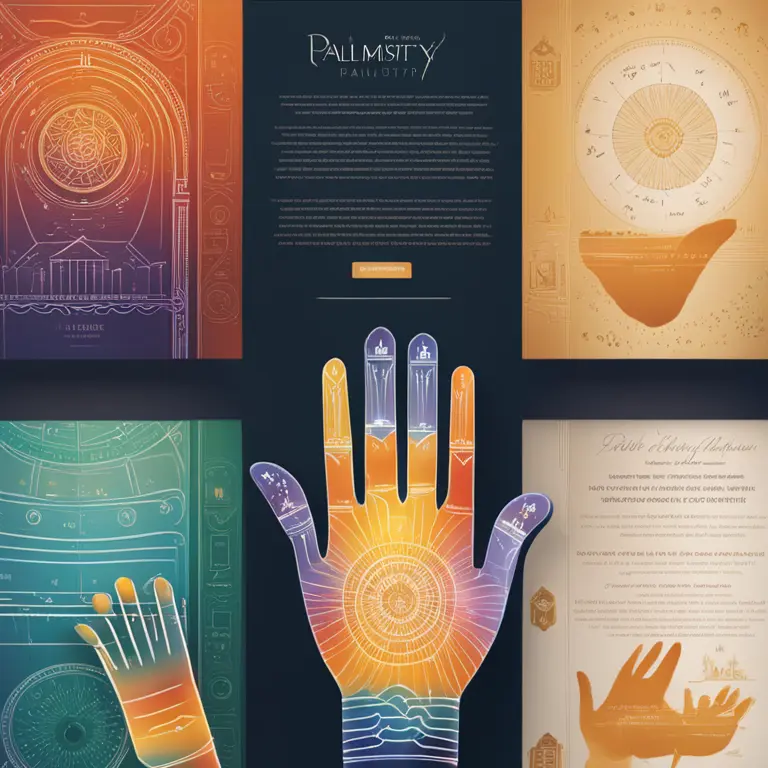
The Science Behind Palmistry: A Modern Examination
Delve into the contemporary research on palmistry and discover how this ancient practice is perceived in the modern era.
article by Nora Pennington
Palmistry's Historical Roots
In analyzing palmistry, we commence with its profound historical roots. As an ancient divination tool, palmistry, otherwise known as chiromancy, has been practiced for millennia across various cultures. Often associated with gypsy fortune-tellers and mystic lore, its true origins are shrouded in the past, ranging from Indian astrology to Greek mythology. Fundamentally, palmistry hinges on the belief that the hand is a microcosm of an individual’s personality, fate, and health. While the methods and interpretations have evolved, the core concept remains consistent—lines, mounts, and shapes of hands are analyzed to forecast aspects of an individual's life.

Modern Palmistry Research
Fast-forward to the present, and we encounter a more nuanced approach to palmistry. While skepticism persists, a small sect within the scientific community examines the potential correlations between hand features and personal traits. This contemporary research into palmistry often intersects with genetic and psychological studies. For instance, researchers have investigated the link between fingerprint patterns and certain genetic conditions, while others focus on dermatoglyphics, the study of the ridge patterns of the skin, to understand the intricacies of human development.

Current Perspectives and Applications
In the current milieu, palmistry is often categorized under the broad umbrella of alternative practices. Some modern applications integrate palmistry with therapy sessions aiming at self-understanding and personal growth rather than strict fortune-telling. Additionally, there has been an emergence of digital palmistry, where algorithms analyze hand images for patterns and provide automated readings. This innovative approach extends palmistry's reach, although it raises questions about the accuracy and personalization of these readings compared to those done by experienced practitioners.

Critical Scrutiny in the Scientific Community
Despite its long-standing presence, palmistry faces critical scrutiny within the scientific community. The main charge against it is the lack of empirical evidence that supports its predictive abilities. Critics argue that any accurate readings can be ascribed to the Forer effect, which suggests that individuals find vague and general personality descriptions highly accurate due to a cognitive bias. Scientific standards require replicable, controlled studies to affirm any claims of validity, which palmistry has not universally met.
The Intersection with Psychology
Significant interest has manifested within psychology concerning behaviors and interpretations associated with palmistry. Psychological research often explores why individuals turn to palmistry and the cognitive biases that affect their belief in these practices. This avenue of research adds a layer of understanding to the human tendency to seek patterns and meaning within random information, a phenomenon known as apophenia. In this context, palmistry serves as a case study for broader concepts in human behavior and belief systems.
Future Directions in Palmistry Studies
Looking to the future, the path for palmistry research could integrate more rigorous methodologies. Propelled by new technologies in imaging and data analysis, studies might focus on large sample sizes for pattern recognition and correlation. Furthermore, the cross-cultural examination of palmistry practices could enrich our comprehension of anthropological and sociological elements. While staunch objectivity in studies of palmistry remains challenging, there's fertile ground for academic exploration that respects the cultural and historical significance of the practice.
Published: 1/11/2024
Modified: 1/12/2024
More predictions
Come back here soon to learn more about yourself and your future


Can We Trust Palmistry?
Delving into the realm of palmistry, this article examines its credibility and place in contemporary spiritual practices.


Can Palmistry Foresee One’s Demise?
Delve into the contentious debate about whether palmistry can predict the end of life and the ethical considerations of such a claim.


The Essence of Palmistry: Interpreting Lines and Shapes
Delve into the world of palmistry to discover the meanings behind the lines and shapes etched into the palms of your hands.